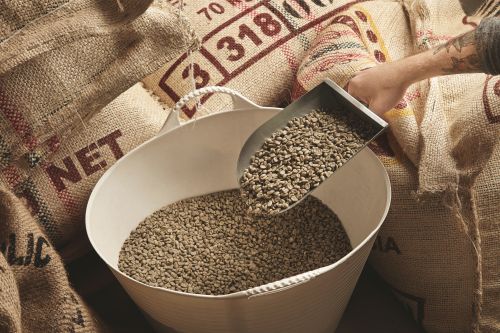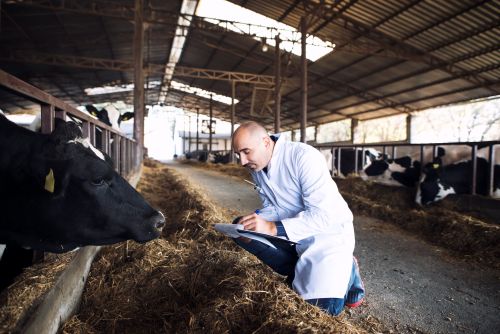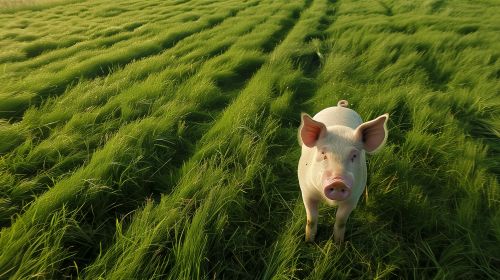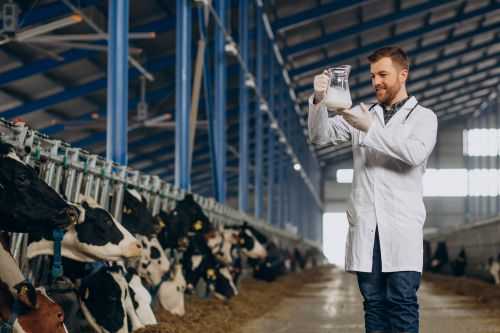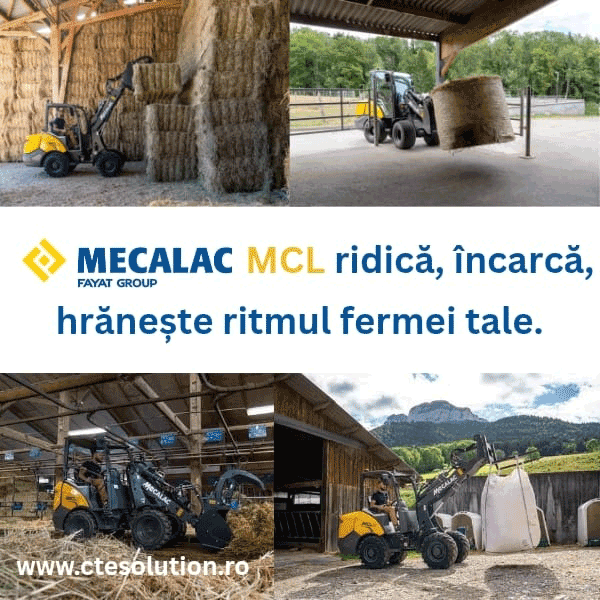643

Investments in reducing agro-food emissions need to increase 18-fold to approximately €240 billion per year if we aim to halve emissions and put the world on a path to net zero emissions by 2050, according to a World Bank study cited by Euractiv.
One third
The report describes the agro-food sector, which accounts for nearly a third of global greenhouse gas emissions, as an "untapped source" of climate action.
"Currently, too little money is invested in reducing agro-food emissions," it stated, adding that annual investments should increase "by approximately 18 times" to reach about €240 billion per year.
The EU aims to reduce greenhouse gas emissions by 55% compared to 1990 levels by 2030 and to achieve climate neutrality by 2050.
According to the study, the largest opportunities for emission reductions in the food system in high-income countries lie in switching to low-emission energy sources, reducing demand for high-emission foods through pricing, and providing financial assistance to other countries to support their transition.
"The food industry has the slowest progress in energy efficiency among economic sectors," the report warned, urging countries to do more to promote renewable energy in the agro-food system.
Similarly, a report published in January by the European Scientific Advisory Board on Climate Change (ESABCC) stated that EU policies have not met the bloc's climate targets and called for a carbon pricing system that puts a price on emissions. The EU's carbon market, the Emissions Trading System (ETS), does not cover agriculture.
Current policies do not provide sufficient incentive for farmers to do more to meet the EU's climate goals, according to ESABCC experts, who stressed the need for a carbon pricing system for the sector.
Sustainable diets
The World Bank study emphasized that while middle-income countries are the largest contributors to global emissions from the agro-food system, the highest emissions per person are found in high-income countries.
According to the authors, this is due to "intense consumption of meat and dairy" and increased food transport, processing, and packaging.
To reverse this trend, the report called for shifting subsidies from red meat and dairy products "towards low-emission foods, such as poultry or fruits and vegetables."
Potential trade-offs
The authors also warned about potential short-term risks – such as labor market disruptions and food supply issues – if the transition to a low-emission agro-food sector is not done "carefully."
"Similarly, emission pricing schemes would inherently raise prices for high-emission foods, disproportionately affecting low-income families," the report stated.
However, the costs of inaction outweigh the potential economic and social hurdles, the study emphasized.
"Inaction would not only result in job losses and food supply disruptions but also render our planet uninhabitable." (Photo: Freepik)
